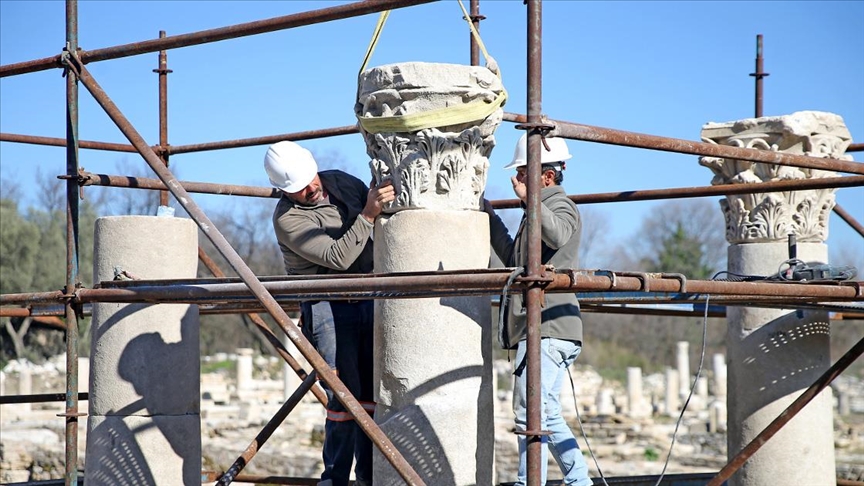
2000-Year-Old Roman Bath Columns Restored to Their Former Glory
The 2000-year-old Roman bath columns of the ancient city of Stratonikeia, known as the “City of Gladiators”, have been successfully restored. Stratonikeia, located in the Yatağan district of Muğla, is one of the largest marble cities in the world. Archaeological excavations in the city, which is on the UNESCO World Heritage Tentative List, continue under
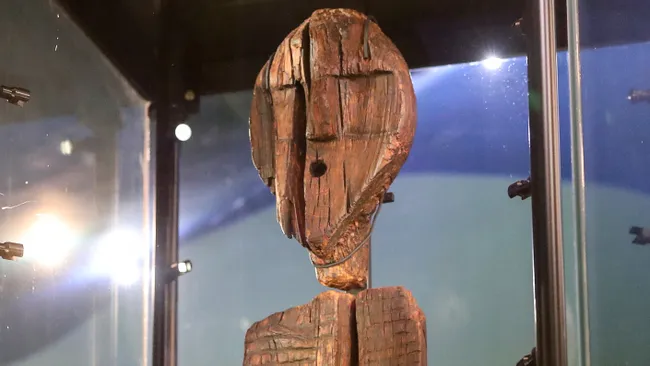
The 11,600-year-old Shigir Idol discovered in the Ural Mountains continues to maintain its mystery
The Shigir Idol, discovered in the Ural Mountains, stands as the most fascinating wooden artifact of the prehistoric world. With a history of 11,600 years, it holds the title of the oldest wooden statue. Discovery of the Idol In 1864, gold prospectors stumbled upon an extraordinary artifact in a peat bog in the Ural Mountains.
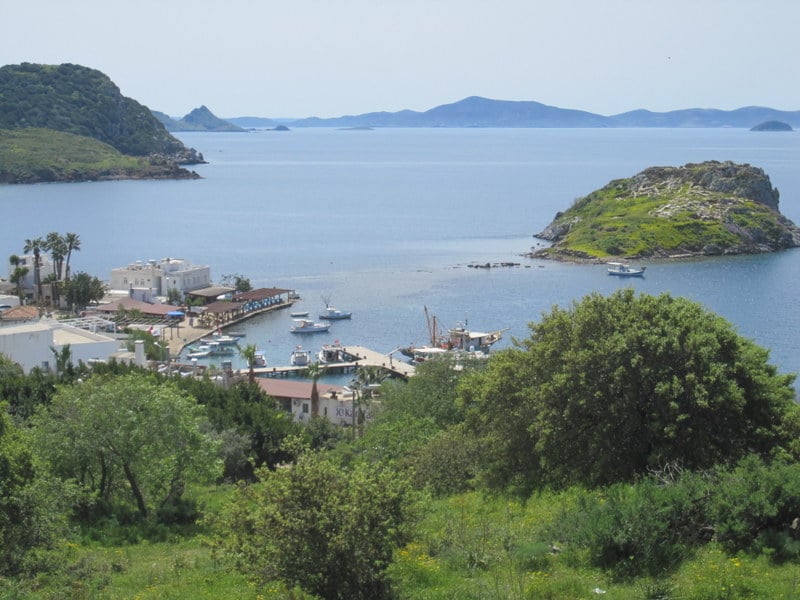
The ‘Royal Road’ of the 3,500-Year-Old Myndos Ancient City Emerges as Sea Water Recedes
Every year, the tides along the shores of Muğla bring to light the ‘Royal Road’ of the ancient city of Myndos, which dates back 3,500 years. As the sea water recedes, the city walls extending to Mydos (Rabbit) Island, believed to have been constructed in the 4th century BC, become visible. Originally named Myndos, this
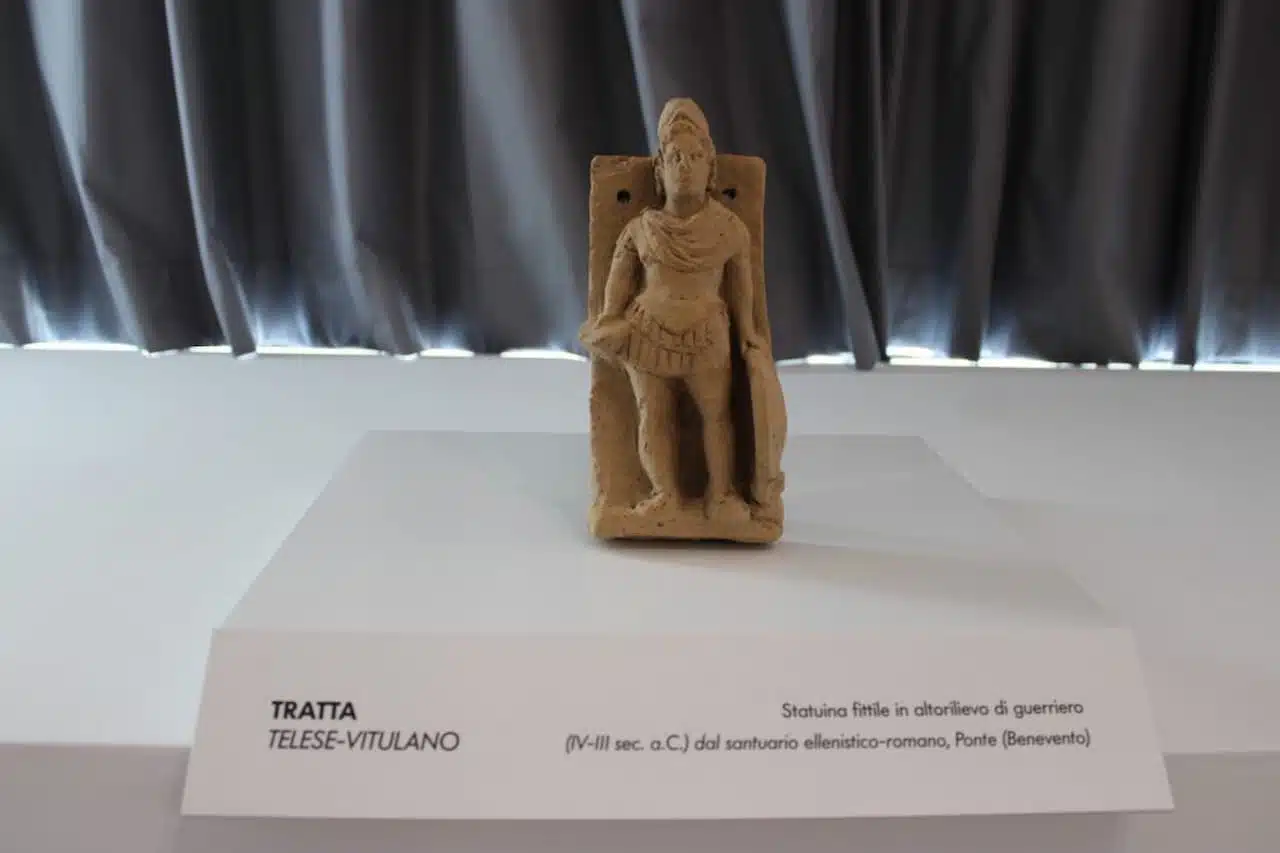
Archaeologists Discover Hellenistic Sacred Site During High-Speed Train Construction in Italy
During the construction of a high-speed railway connecting Naples and Bari, archaeologists uncovered a significant Hellenistic sacred site in Ponte, Italy. This remarkable find provides new insights into ancient Greek religious practices and their cultural impact in Italy, revealing how Greek settlers and their descendants worshipped thousands of years ago. Importance of the Sacred Site
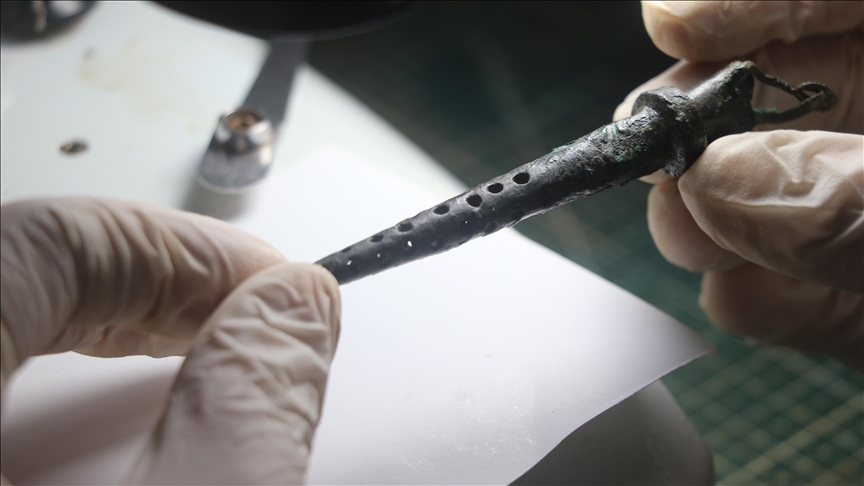
1500-Year-Old Bronze Object Used as a Beverage Filter Discovered in Turkey
Excavation efforts at the ancient city of Hadrianopolis have led to the discovery of a bronze object believed to date back to the 5th century AD. This object served as a beverage filter and is located in the Eskipazar district of Karabük, Turkey. Historical Significance of Hadrianopolis Hadrianopolis, established during the reign of Roman Emperor

Ancient Book of Esther scroll taken by Israeli rescue team during 2023 earthquakes in Turkey returned
On February 6, 2023, southern Turkey experienced two major earthquakes. These disasters trapped thousands of people under rubble, leading to significant loss of life. In response, numerous international rescue teams arrived to assist with search and rescue efforts. Controversial Actions of the Israeli Rescue Team Among the teams was an Israeli rescue group that made
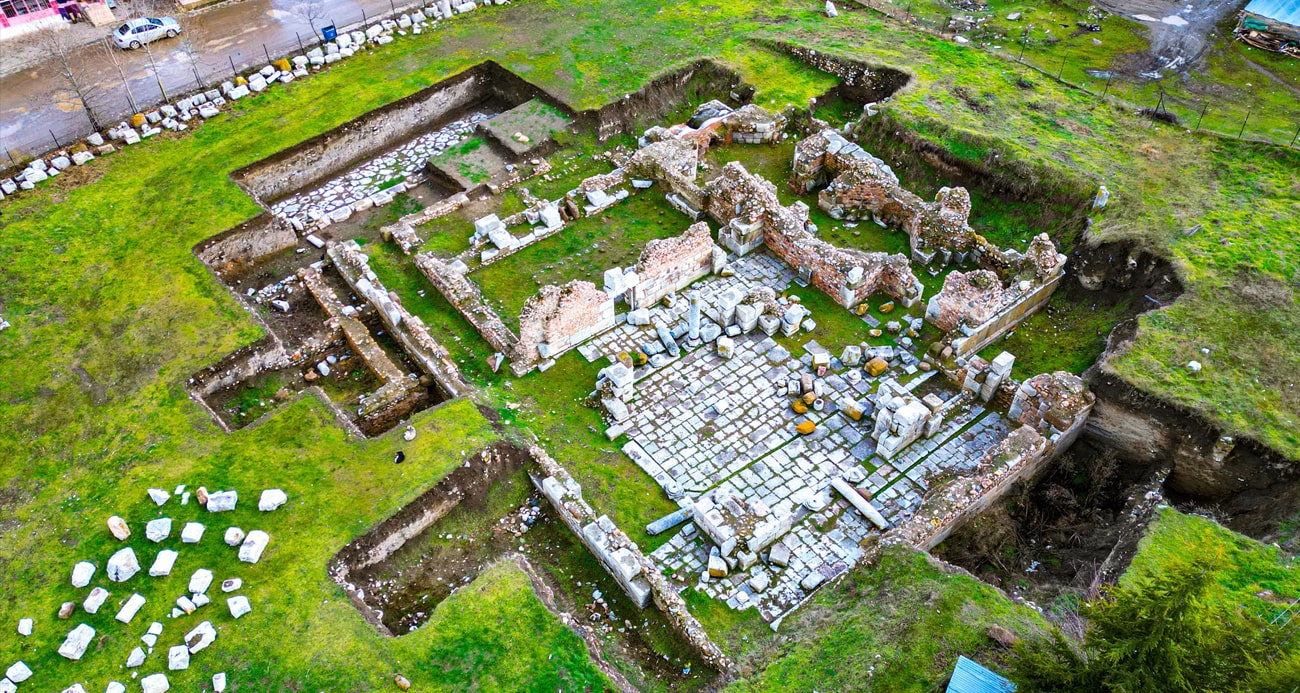
Archaeologists will start work to uncover the gladiatorial arena in Anatolia if there is enough funding
Turkish archaeologists announced plans to begin excavation work to fully uncover the Gladiator Arena in the ancient city of Sebastapolis, provided they secure sufficient funding. Sebastapolis is situated in the Sulusaray district of Tokat, in Turkey’s Northern Black Sea region. Researchers estimate that the city was established during the Late Bronze Age, around the 1st
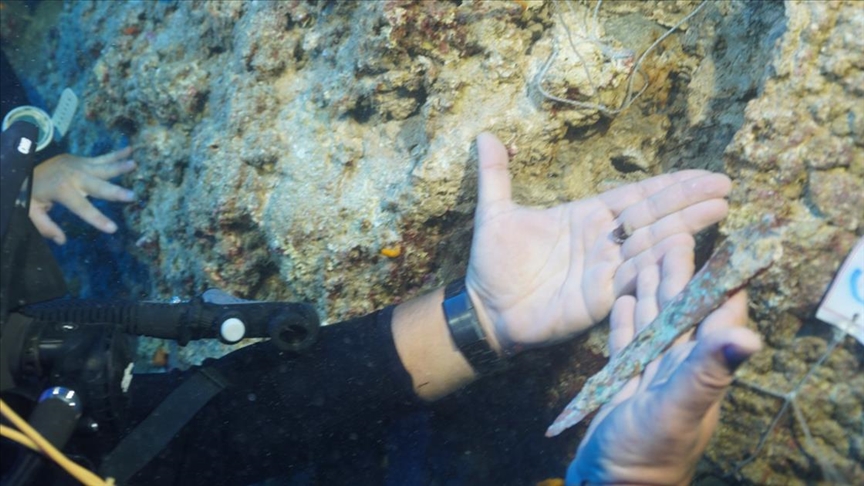
3,600-Year-Old Bronze Dagger Found in the Depths of the Mediterranean
A 3,600-year-old bronze dagger with a silver needle from the Minoan civilization of Crete has been discovered during underwater excavations off the coast of the Kumluca district of Antalya in southern Turkey. Underwater archaeological excavations in Kumluca had previously unearthed a sunken ship carrying copper ingots thought to have come from the Troodos Mountains. This
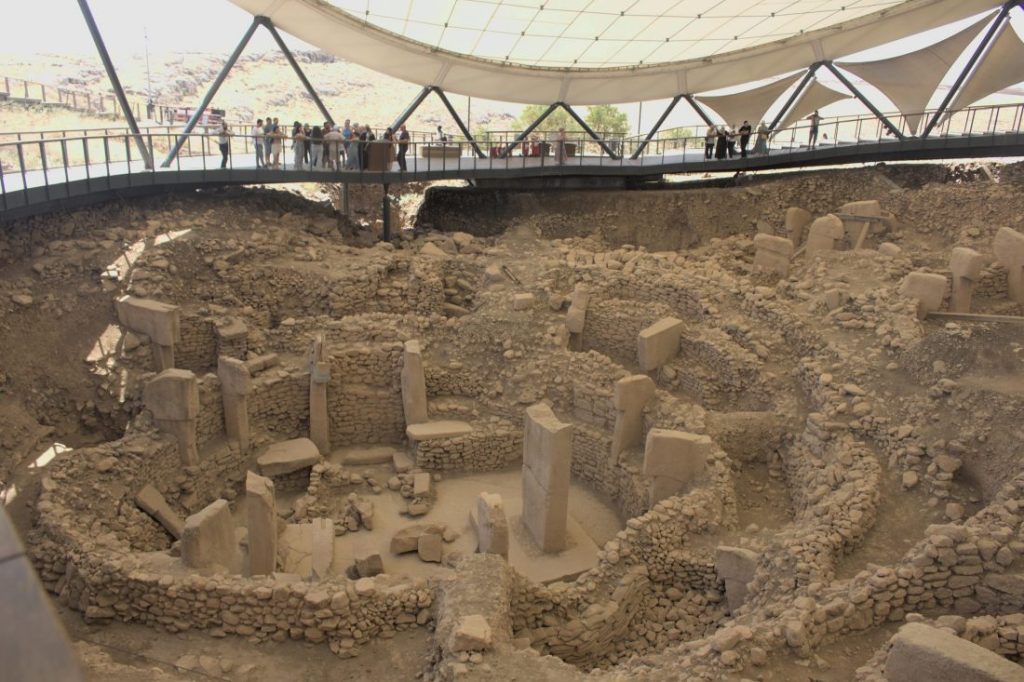
Göbekli Tepe: The Zero Point of History is Being Renewed
Göbekli Tepe, the oldest temple complex in the world, offers valuable insights into prehistoric times. Located in Şanlıurfa, this unique site is often seen as the zero point of human history. Recent renovations aim to make Göbekli Tepe more accessible to local and international tourists. A UNESCO World Heritage Site As a UNESCO World Heritage
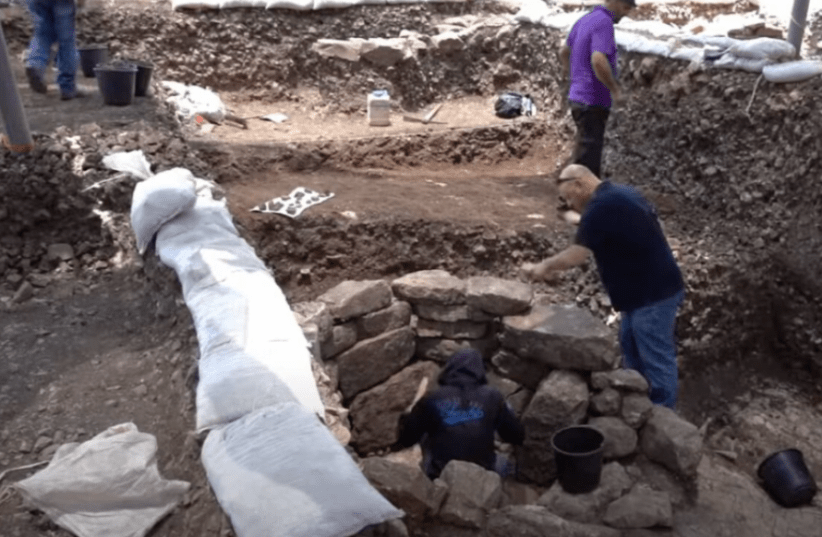
9000-Year-Old Shaman Woman’s Grave Discovered in the Motza Archaeological Site of Jerusalem
Archaeologists have uncovered an important grave from the Neolithic period during excavations at the Motza archaeological site, located in the highlands of Jerusalem. It was determined that the woman found in this grave had six fingers on her left hand. This finding provides strong evidence that she was a significant figure involved in the shamanic